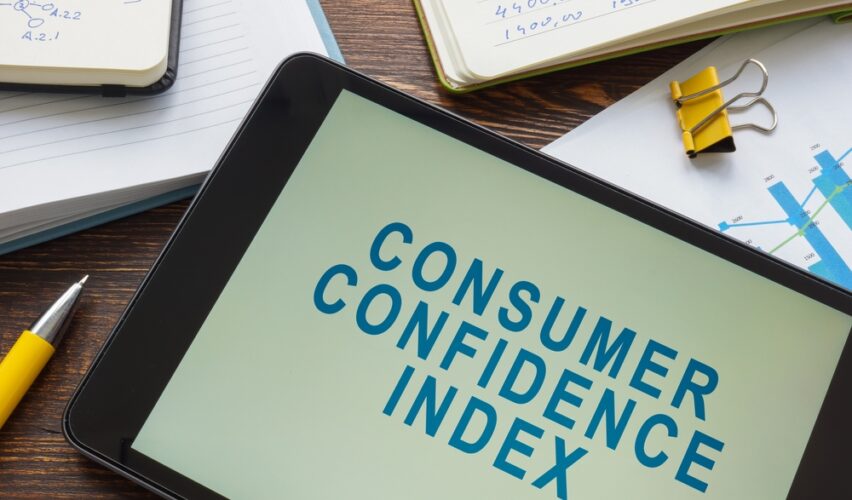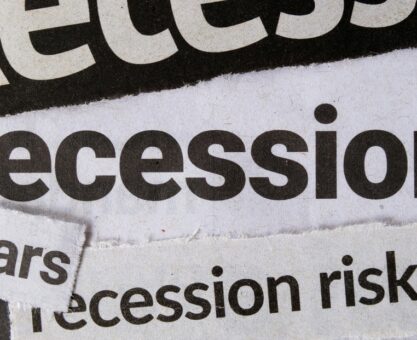Consumer confidence is an economic indicator that reflects how optimistic or pessimistic people feel about the economy and their personal financial situations. The Conference Board’s Consumer Confidence Index is based on a monthly survey of about 5,000 U.S. households conducted online. The survey asks five key questions, split into two categories:
- Present Situation (40% of the index):
- How do consumers rate current business conditions (good, normal, or bad)?
- How do they view the current job market (jobs plentiful, not so plentiful, or hard to get)?
- Expectations (60% of the index):
- What are their expectations for business conditions six months from now (better, same, or worse)?
- What do they expect for job availability in six months (more, same, or fewer jobs)?
- What are their expectations for family income six months out (higher, same, or lower)?
Responses are scored as “positive,” “negative,” or “neutral.” The results are then averaged and compared to a baseline value of 100 to create the overall CCI. Two sub-indices are also calculated: the Present Situation Index (current conditions) and the Expectations Index (future outlook). A reading above 100 signals optimism, while below 100 indicates pessimism. A sharp drop in the Expectations Index below 80 often hints at recession fears.
In March, the Conference Board’s CCI fell to 92.9, marking a four-year low. This 7.2-point decline from February reflects a growing unease among Americans. Several factors contributed:
Tariff Fears and Trade Policy Uncertainty: On-again, off-again tariff policies have rattled consumers. Write-in responses to the survey highlighted worries about trade policies driving up costs.
Rising Inflation Expectations: Consumers are expecting higher prices, and the fear of re-emerging inflation, after a period of cooling, has soured optimism, especially since consumer spending power erodes with rising costs.
Pessimism About the Future: The Expectations Index plummeted 9.6 points to 65.2, a 12-year low and well below the recession-signal threshold of 80. Only 37.4% of respondents expected stock prices to rise over the next year, while 44.5% anticipated a decline.
Mixed Current Conditions: The Present Situation Index fell 3.6 points to 134.5, though it’s still above 100, suggesting the labor market remains a bright spot (unemployment was 4.1% in February). However, family financial expectations hit a 2½-year low.
Broader Economic Signals: Beyond surveys, “hard data” showed a contraction in Q1 2025, partly due to harsh January weather curbing spending. While jobs data remains solid, waning confidence has fueled talk of a “vibecession,” where feelings don’t match stats. If confidence keeps sliding, it could drag spending down, turning perception into reality.
Historically, consumer confidence tracks economic cycles; high during expansions and low before recessions. This drop, the fourth straight monthly decline, suggests Americans are bracing for tougher times, even if the labor market hasn’t yet cracked.























